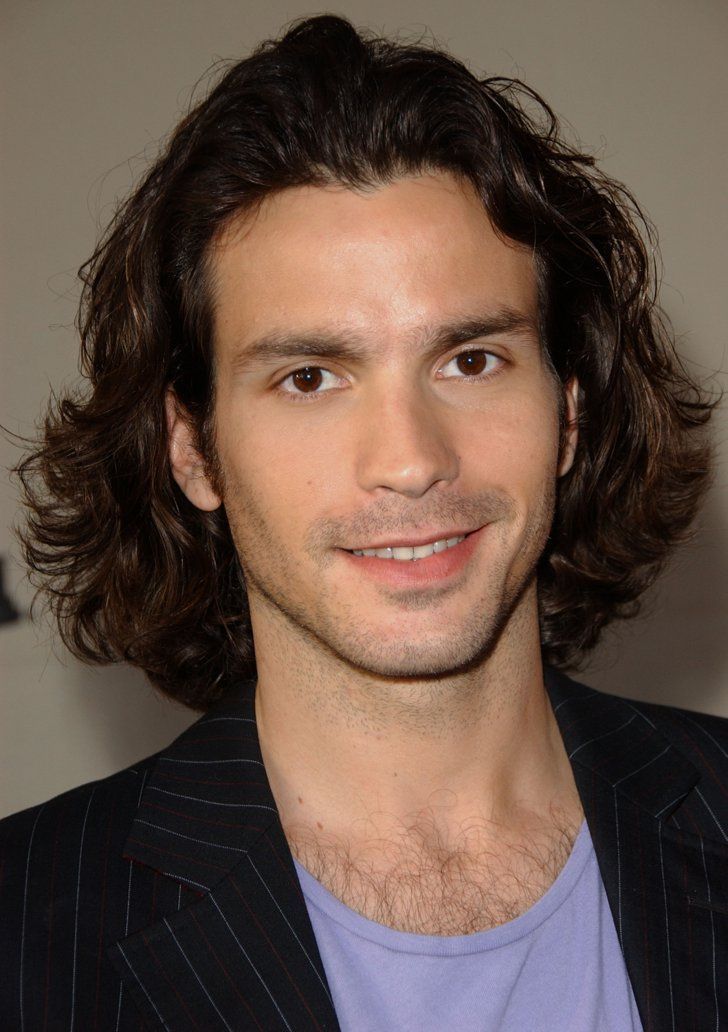Cesar manrique cabrera: About — Cesar Manrique
| Inicio del Curso 2022-2023 | ||||||||||||||||||||||||||||||||||||||||||||||||||||||||||||||||||||||||||||||||||||||||||||||||||||||||||||||||||||||||||||||||||||||||||||||||||
|
||||||||||||||||||||||||||||||||||||||||||||||||||||||||||||||||||||||||||||||||||||||||||||||||||||||||||||||||||||||||||||||||||||||||||||||||||
César Manrique Cabrera (Biografía) Arquitecto, Pintor, Escultor
Nota aclaratoria: Aunque Cesar Manrique no era natural de Tenerife, su obra abarca a todas las Islas Canarias. No podíamos por ello, no dejar constancia aquí de su gran labor por las Islas Canarias.
Cesar Manrique Foto: Alberto Schommer
- Manrique: ARQUITECTO, PINTOR, ESCULTOR, PAISAJISTA
– El mayor negocio de un país es su educación.
– La utopía, hoy creo intuirlo, es un camino interior.
– Tenemos que observar y aprender de las energías de la vida.
– El Atlántico, maestro mío, es lección suprema y constante de entusiasmo, de pasión y de libertad.
– La libertad de la naturaleza ha modelado la libertad de mi vida, como artista y como hombre.
– Ser artista es, en primer lugar, ser libre. Sin libertad no puede existir creatividad ni conocimiento, es la afirmación del yo, con absoluta autonomía e independencia.
Hace unos días me crucé con un coche que me llamó mucho la atención, busqué información y grata sorpresa, era un Seat Ibiza como el de hace casi 30 años que había diseñado su rotulación (estampado) el célebre César Manrique en un modelo de Seat Ibiza en 1987.
Imprescindibles – Taro, el eco de Manrique TVE2 28 ene 2013 (repetición en TVE2 el 10 nov 2013 – 23:12hs.) Documental que nos acerca a la figura y sobre todo al mensaje en defensa de la ecología del artista español César Manrique, nacido en Lanzarote, a través de su propia voz, con sus reflexiones, acciones o proyectos. Una visión de los valores e ideales medioambientales que…
Casa Fundación César Manrique La casa está edificada en una finca de 30.000 m², que se extiende sobre una colada lávica de las erupciones volcánicas ocurridas en la isla entre 1730 y 1736. César Manrique escogió el terreno a su regreso de Nueva York, cuando decide instalarse definitivamente en Lanzarote.El terreno le fue obsequiado porque su antiguo propietario no lo…
Trayectoria como pintor Cesar se consideraba pintor, a pesar de demostrar su maestría en múltiples facetas como escultor, decorador, urbanista, arquitecto, etc.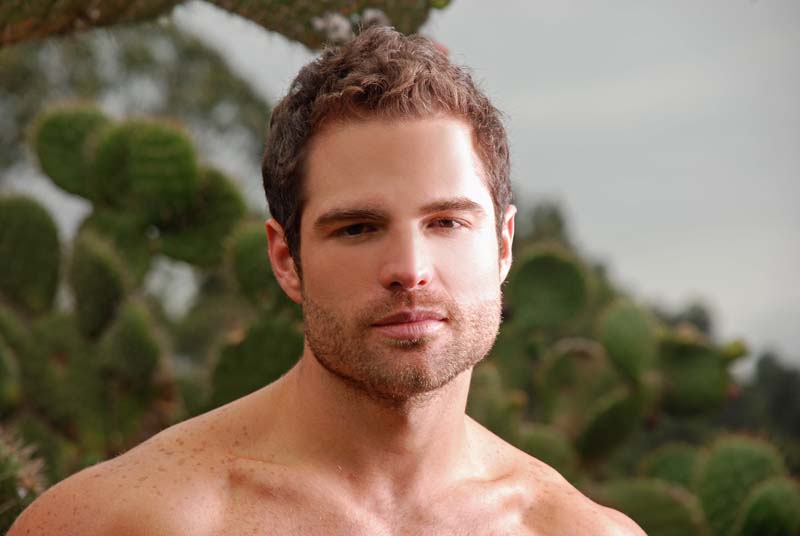
Trayectoria como Arquitecto La naturaleza fue la referencia fundamental del arte y de la existencia del arquitecto César Manrique. Su isla natal, su creación. Lanzarote, también conocida como “la isla de los 100 volcanes” ya que 300 conos volcánicos configuran su extraña geografía. Muy cerca de la costa de África, (a sólo 120 km.) y con un ancho máximo de 21 km. la isla es…
Cronología 1919 El 24 de abril nace en Arrecife. Lanzarote. 1942 Primera exposición individual. Arrecife. Lanzarote. 1945 Se traslada becado a Madrid para cursar estudios en la Escuela Superior de Bellas Artes de San Fernando, que concluye en 1950. 1950 Realiza las pinturas murales del Parador de Turismo de Arrecife. Lanzarote. 1952 Realiza varios murales en el Hotel…
Biografía César Manrique Cabrera nació en Arrecife el 24 de abril de 1.
“Magnífica obra de arte diseñada para el ocio” Declarado Bien de Interés Cultural con la categoría de “Jardín Histórico”, esta obra de Cesar Manrique es un referente internacional de integración cultural y paisajística, así como un admirado modelo de transformación positiva de un litoral. Ubicado en el Puerto de la Cruz (Tenerife) su diseño ha marcado vanguardia y estilo…
El parque marítimo César Manrique es un complejo de 22.000 metros cuadrados de piscinas de agua salada, inaugurado en 1995, obra póstuma del desaparecido artista lanzaroteño César Manrique, combinando la estética de la edificación con elementos de la naturaleza volcánica de Canarias y una clara esencia subtropical, como ya aplicó en su día en el complejo de similares características.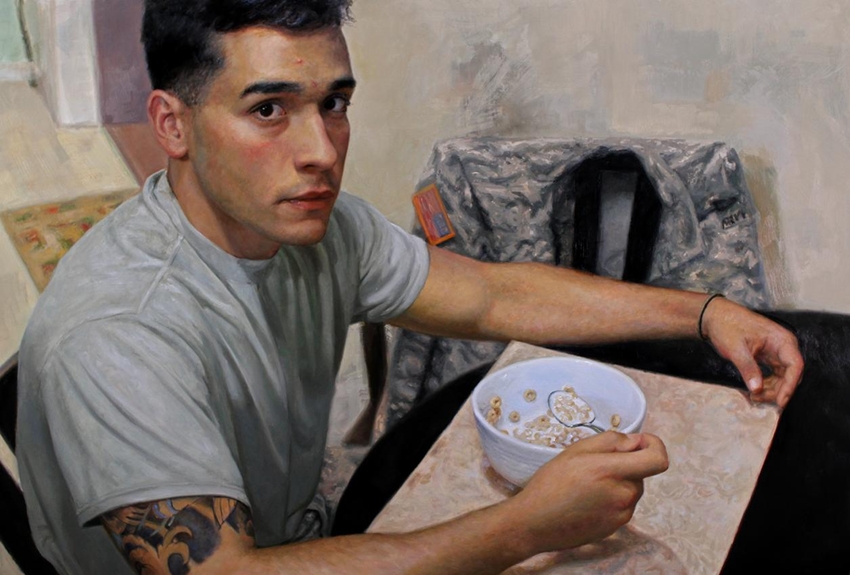
Nació en Puerto Naos, un barrio de Arrecife (Lanzarote), el 24 de abril de 1919 junto con su hermana gemela Amparo. También tenía un hermano y una hermana. Sus padres eran Gumersindo y Francisca, él procedente de Fuerteventura y ella natural de Lanzarote. Su familia era de clase media sin problemas económicos. En 1934 se mudaron a la Caleta de Famara, el que sería el lugar de…
Vida y Obra de César Manrique
Pulsa para ver Vida y obra de Cesar Manrique en siete vídeos de diez minutos cada uno, nos narran la vida y obra de este gran artista, sin el cual, las Islas Canarias, no serían lo que hoy son.
Fuentes y Referencias:
|
Bibliografía |
|
|
www.cesarmanrique.com
www. www.biografiasyvidas.com www.epdlp.com www.lanzarote.com www.artehistoria.com www.museoph.org www.letrascanrias.com www.culturatenerife.net www.ayuntamientodeadeje.es |
César Manrique Lanzarote
Lancelot – 1996 – Textos de Mario Alberto César Manrique
Fundación César Manrique -1998 – Fernando Ruiz César Manrique en sus palabras Fundación César Manrique – 1995 Fernando Gómez Aguilera Otros: Enciclopedia Larousse 2005 Enciclopedia Encarta 2004 Vuelta a la isla (Pedro García Cabrera) |
▷ César Manrique Special【 COMPLETE GUIDE 】
César Manrique Cabrera (1919-1992) was born in Arrecife, Lanzarote.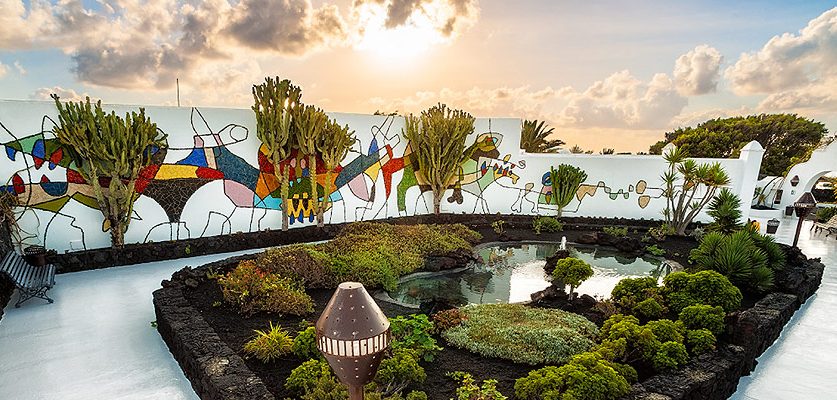
He then settled permanently on his native island, where he began his most personal and ambitious project: using the island itself as an environmental canvas. The love he felt for his homeland is reflected in his art, a total respect for the natural environment and for the local architectural tradition.
5 most important works by César Manrique
His artistic work followed the trends of his time, although his interventions on the Canary Islands stand out for exploring new practices. In them, the artist sought with his works a very respectful symbiosis and integration with the natural environment.
Cultural centres, interventions on the coast, gardens, viewpoints… the list is immense, and they all stand out for their originality and modernity. Most of them can be admired in Lanzarote, as well as in Tenerife, Fuerteventura, La Gomera and El Hierro.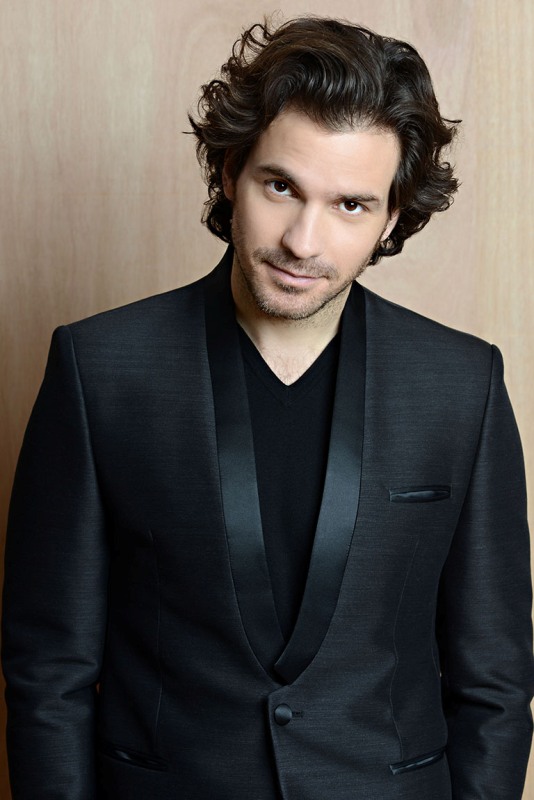
1. Jameos del Agua (Lanzarote)
Jameos del Agua was the first Art, Culture and Tourism Centre created by César Manrique and one of the most obvious examples of harmony between art and nature. The interior of the volcanic tunnel was used to create a natural auditorium of great beauty.
The Malpaís de La Corona is its home, which is joined by a palm garden with an artificial lake and the Casa de los Volcanes museum, a volcanological centre of scientific and cultural interest.
In addition, its natural lake in the cavern itself is slightly illuminated by the sun and is home to a species of albino crab that is unique in the world. It is undoubtedly one of the most characteristic works of the Lanzarote artist.
2. Lago Martiánez (Tenerife)
Sitting on the coast of Puerto de la Cruz, Lago Martiánez is a wonderful example of architecture open to the sea. This lagoon in the shape of a gigantic emerald has five islands, gardens, terraces and restaurants under the watchful eye of Mount Teide.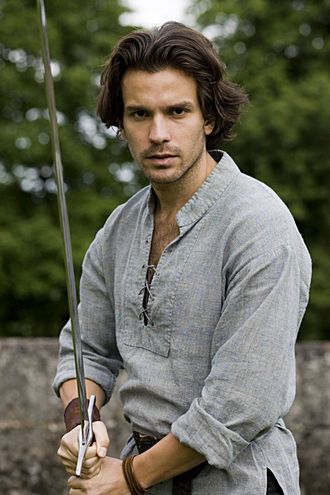
The terraces and gardens of native flora contribute to the exotic atmosphere, and the whole complex, which includes several sculptures by the author, is perfectly in keeping with traditional Canarian architecture.
This Asset of Cultural Interest with the category of Historical Garden offers four swimming pools for adults and another three adapted for children, all surrounded by sunbathing areas equipped with sun loungers and parasols.
3. Mirador del Río (Lanzarote)
The Mirador del Río viewpoint, in the north of Lanzarote, is an authentic work of art on the top of an imposing cliff. From its wide railing, the small islets of the Chinijo Archipelago emerge, separated by the strait that gives the viewpoint its name.
The group of islets (La Graciosa, Alegranza, Montaña Clara, Roque del Este and Roque del Oeste), the sea, the sky and the depth of the cliffs transmit an unparalleled peace with perfect volcanic cones and an amalgam of ochre and beige colours.
Here, the volcanic rock of the surroundings perfectly blends with an interior that envelops the soul with its curved, almost organic shapes and a surprising use of light. Visitors have information panels, telescopes and large outdoor recreation areas.
4. Parque Marítimo César Manrique (Tenerife)
The Parque Marítimo César Manrique maritime park is located in Santa Cruz de Tenerife, with unbeatable views of the Tenerife Auditorium, the Palmetum botanical garden and the sea. It is a leisure centre easily accessible by car and public transport in the heart of the capital of Tenerife.
In addition to parking areas, its facilities include three seawater swimming pools, restaurants, terraces, changing rooms with hot water and solarium areas, making it the ideal place to enjoy a different kind of day at the beach in the middle of the city.
Natural elements such as volcanic rocks, palm trees and ornamental plants were used in its design, together with salt water cascades, all of which are adorned with César Manrique’s unmistakable wind toys.
5. Jardín de Cactus (Lanzarote)
In the north of Lanzarote is the Jardín de Cactus garden, home to more than 1,400 species of cacti from all over the world. This cactarium, the artist’s latest work on the island, is easily recognizable from the road thanks to the large metal cactus at the entrance.
Any visitor who enjoys the closeness of nature will find its cobbled paths a relaxing place to stroll and enjoy the Lanzarote landscape, whose surroundings are completely integrated into the island’s landscape.
Its windmill stands out against the black stone, being one of the best places to capture a panoramic view of the garden, which was built in the form of an amphitheatre. It is, without a doubt, a magical place amidst a totally volcanic landscape.
César Manrique Foundation, the museum dedicated to the artist
César Manrique’s enormous commitment to his work and his ecological vision led him to transform a set of volcanic bubbles into his own home, Taro de Tahíche, where he lived for many years.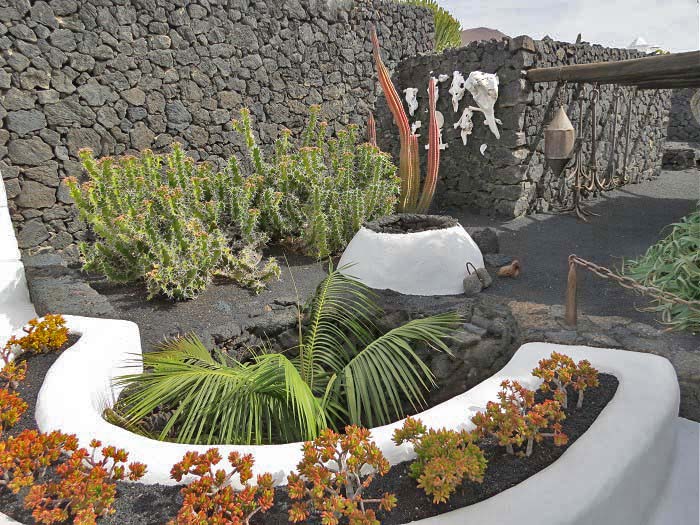
Today it houses the César Manrique Foundation and you can wander through its rooms decorated with works from the artist’s private collection, the best way to get an insight into the mind and talent of this unique genius.
César Manrique set out to make Lanzarote the most beautiful island of all. And he tried to do so by mixing art with nature, always respecting the landscape and local traditions, as can be seen in this beautiful spot.
Where to stay in Lanzarote to enjoy the magic of César Manrique
Since most of César Manrique’s artistic work is on the island of Lanzarote, there is no better way to enjoy his legacy than staying at one of the best hotels in Lanzarote: HD Beach Resort & Spa.
It is a 4-star all-inclusive resort located on the beachfront, which makes it the ideal place for families with children who want to enjoy an active holiday practising sport.
Its facilities include a gym with professional attention, water sports centre, spa with sauna, Turkish bath, chromotherapy, hot beds, massages.
Sources on César Manrique
- Government of the Canary Islands
- Hello Canary Islands
- Spanish Tourism
Sea Park Cesar Manrika – Guide to Russian
Canar Islands, Rest in Spain
Trades
- History
- Description
- Pools
- Infrastructure
- Getting there
- Video
9000
History
The history of the park is interesting. The project was designed by the famous architect Cesar Manrique Cabrera . The master thought over the technical details of the distribution of objects in space and design features. However, his talented development was not fully completed during his lifetime. The opening of the park took place only in 1995.
Great efforts were made to organize such a large-scale recreational zone.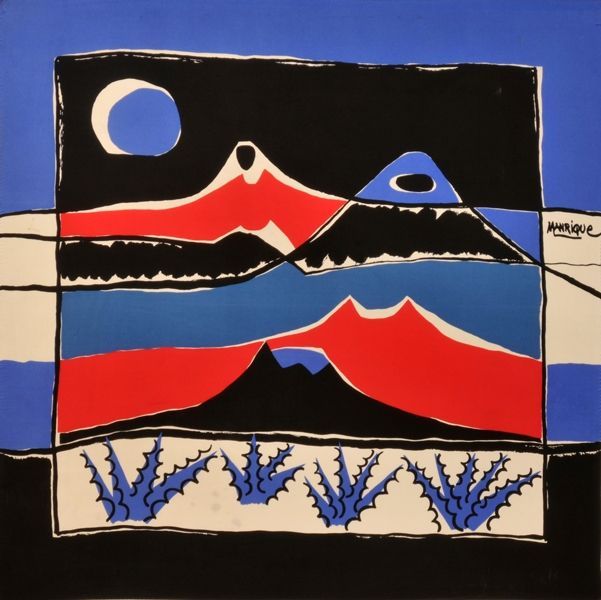
Garbage was brought here from all over the city. Over time, the process of solid waste disposal was left to chance. The area has simply turned into a dump. Therefore, the project of Cesar Manrique Cabrera is of great importance in terms of restoring the sanitary standard in the location.
Description
The site was completely cleared, restoring the volcanic landscape. The initial task was to combine architectural objects and natural features. It turned out a harmonious space in which the products of Cesar’s creativity complemented the colorful landscapes.
Today, the territory Parque Marítimo César Manrique is a place for a pleasant holiday for tourists. Spaniards also like to come here with their families on weekends. Everywhere you can see entertainment areas, recreation areas and sports.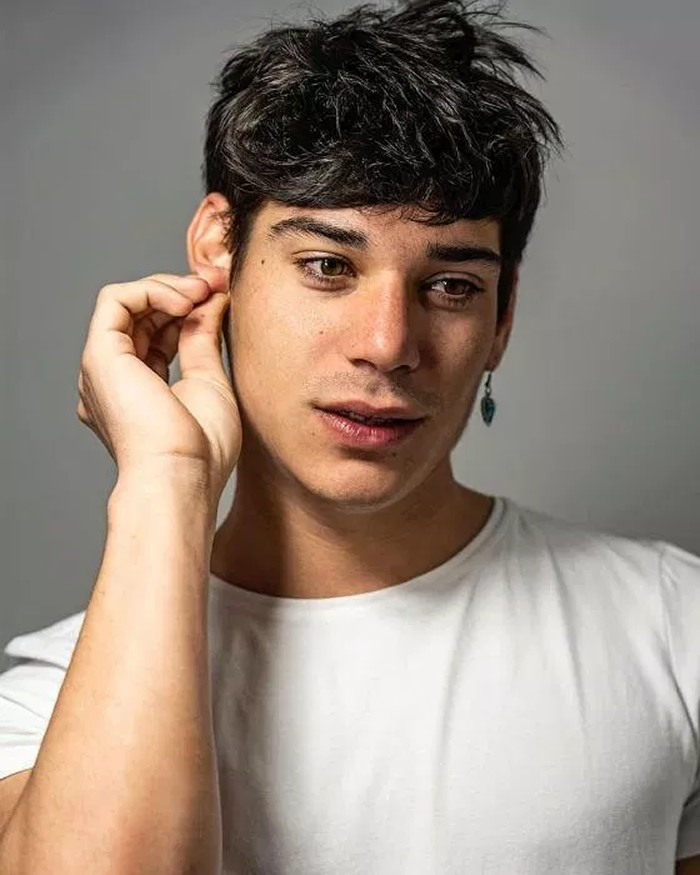
In his work, Cesar Manrique Cabrera preferred natural materials. To create images, he used volcanic rock, beautifully shaped stones, ornamental plants, and even the wind! Some products begin to move from the wind load.
Compositions of piles of gray boulders are scattered throughout the territory. They seem to lie randomly. But these are well-thought-out ensembles, reminiscent of rock gardens. Nearby rise abstract snow-white compositions.
Artificial ponds are especially beautiful in the park. They have a drop-shaped or rounded shape. The walkways seem to hang in the air above the turquoise water.
The territory is paved with large tiles. But there are many green islands of silky grass in it.
Depth chart
Pools
My favorite place in the park is swimming pools. There are 3 of them here, they are filled with the purest sea water. One of the pools is for children. It has multi-colored slides from which kids roll down. The depth in the other two varies by zone.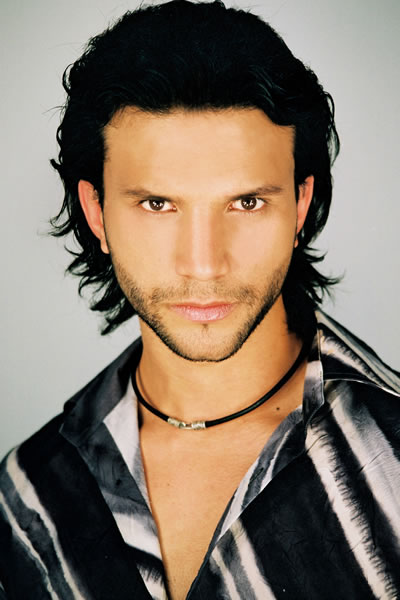
The edges of the bowls are visually reminiscent of the sea coast. Small rocks and green lawns stretch along them. White sunbeds are arranged in rows along the rows, like on a real beach.
Recreation by the pools is organized with maximum comfort. For air and sunbathing, you can rent hammocks and umbrellas. Many use special locker rooms.
In addition, the pools have special artificial islands that make staying in them more interesting and safer. The islets reinforce the impression of the natural landscape: palm trees and other plants are planted on them. Vacationers swim around the islands, climb them.
There is a rescue service nearby.
Leisure facilities
Walking in the Cesar Manrique Marine Park is an aesthetic experience. Each corner is decorated with love and at a high artistic level.
Luxurious photo shoots are obtained against the backdrop of artificial waterfalls.
Finally, heated whirlpools are especially popular. Because many come here for the whole day. Children enjoy playing on special playgrounds. You can dine at a local restaurant. The bar offers a wide range of cocktails and soft drinks.
Useful information
Opening hours:
- Summer: 10:00-19:00.
- Winter 10:00-18:00.
Ticket price (EUR):
- Adult – 2.50.
- Child (under 12) – 1.50.
- Children (up to 3 years old) – free of charge.
- Pension (as well as visitors over 65) – 1.50.
Cost of services
Buses 014, 15, 026, 062, 101, 102, 103, 105, 106, 107, 108, 110, 111, 112, 115 to the Intercambiador Santa Cruz stop. Then walk about 900 meters.
If you don’t know what to see in Santa Cruz de Tenerife, be sure to visit Parque Marítimo César Manrique .
Wild beach behind the park
Video
Videos about Tenerife 90,000 without breasts (2016) – Actors and Roles 901
No chest without breasts (2016)
Sinos sí hay para axo
Similar films
Similar series
Creators
Actors and roles, film crew There is no heaven without breasts (2016). Who was filming and what role did he play. You can rate everyone’s contribution and see what other viewers have rated.
Director
Producer
Screenwriter
composer
Operator
Artist
Actors
Fabian Rios
ALBEIRO
Carolina 9000 (per year Catalina Marín
Mahida Issa
Yésica Beltrán “La Diabla”
Catherine Siachoke
Hilda Santana
Juan Pablo Urrego
Hernán Darío Bayona “Nachio”
Ana Paula Vallejo
Quique Sunmartin
Dr.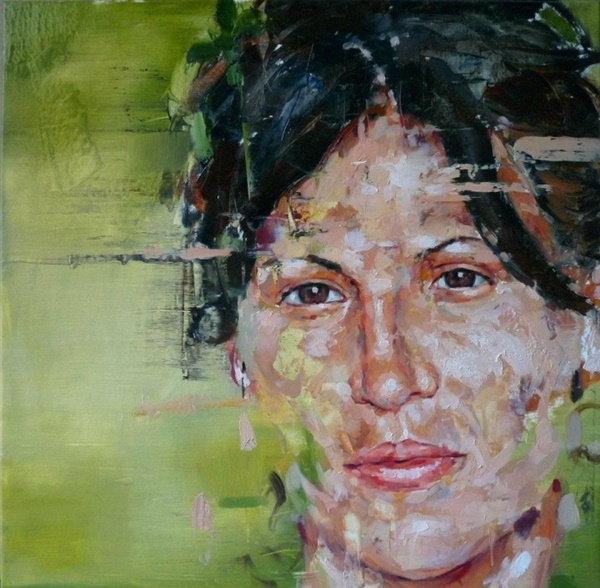
Aldemar Correa
Dr. Ernesto Rico
Astrid Junguito
Directora de la carcel
Wilma Vera
Doña Zoila
Ramon Marulanda
Ferney
Carlos Ci003 90. Vanegas
Fran Fiol
Doctor
Deivi Duarte
Fernando
Julián Trujillo
Manga
Sara. Malagón
Diego Mendieta
Doctor
Nataly Ortiz
Monica
Edgar Rojas
Doctor
Juan David Traslaviña
Chulo
Tatiana Ramos
Detective Amparo
Karine Amaya
Pasarela
Miriam Casanova
Tania
Yorneis García
Ringo
Gloria Gomez
Doña Irma
Mauro Moad
Doctor
Netflix Teen Shows
Netflix Detective Series
10 New Movies Of 2022 That Are Already Released In Good Quality Best new movies of 2021 released in good quality (weeks 49-50)
Best new movies of 2021-2022 released in good quality (weeks 1-2)
DAY!
TOP 10 best series about LOVE
10 NEW EXCITING FILMS THAT WERE OUT IN GOOD QUALITY!
10 NEW PUZZLE FILMS WITH A TWISTED PLOT AND AN UNEXPECTED RESOLUTION! TOP! CONFUSED FILMS
List of ministers of the new government of Ecuador
Minister of Finance: Simon Cueva, Doctor and Master of Economics, University of Paris (Panthéon-Sorbonne).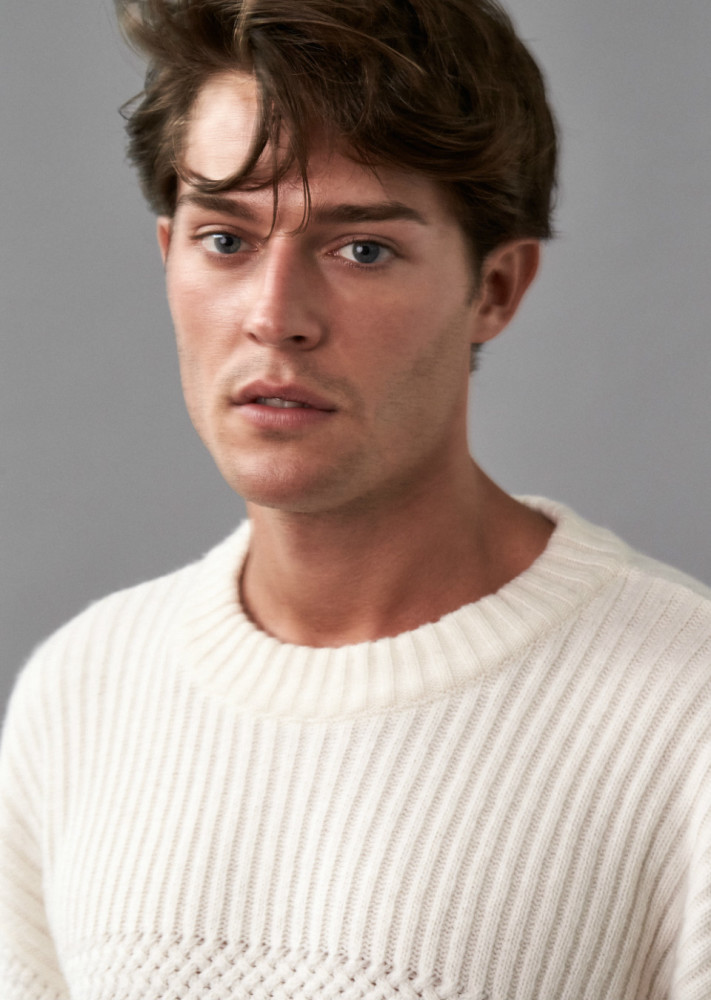
Minister of Foreign Trade, Production and Fisheries: Julio José Prado. Received a PhD in Management with a focus on Industrial Competitiveness from the University of Lancaster (UK). In recent years, he has worked as a teacher and has been the head of the Association of Private Banks of Ecuador since 2015.
Minister of Labor: Patricio Donoso. Architect by profession. It brought together several business guilds such as the Zone 1 Chamber of Agriculture and the Council of Chambers and Production. One of the founders of the CREO movement.
Minister of Agriculture: Tanlyi Vera. Tourism and hospitality management engineer, graduate of the Pontifical Catholic University of Ecuador.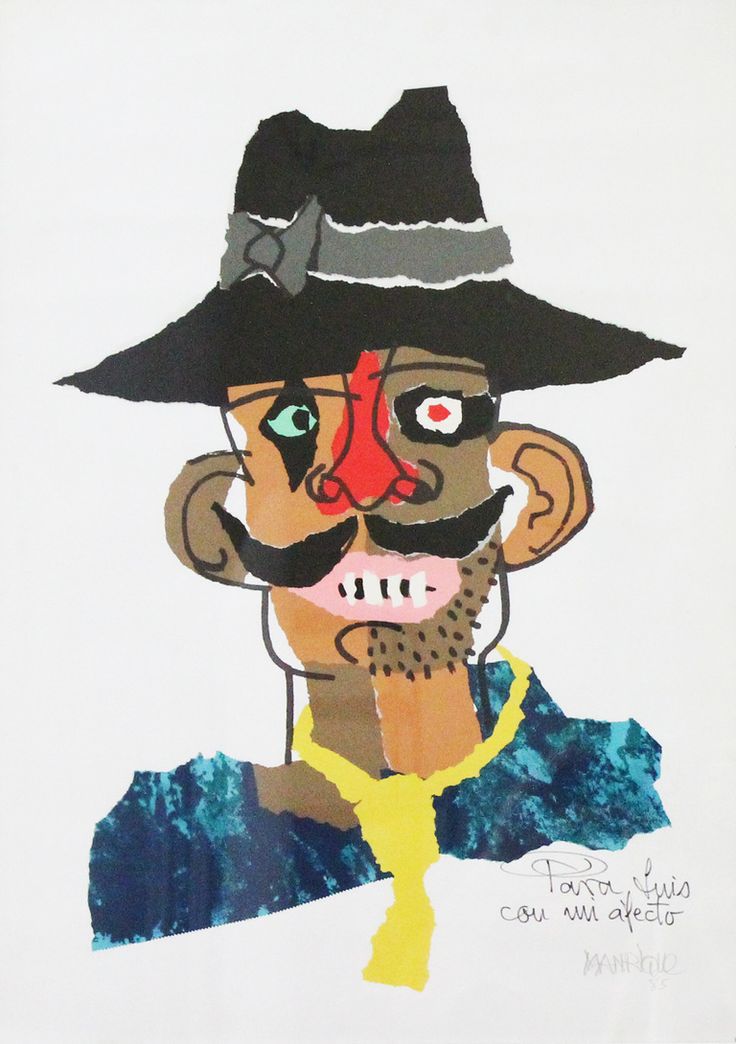
Minister of Tourism: Niels Olsen. Educated in business administration and marketing in the USA, he was also a member of the Society of Latin American Entrepreneurs at Stanford University. He holds a master’s degree in sustainable tourism from a university in Australia.
Minister of the Environment: Gustavo Manrique. Agricultural engineer, graduate of the University of Costa Rica. He has worked in various social-ecological and agricultural enterprises, receiving awards for projects in the field of sustainable development.
Minister of Energy and Non-Renewable Natural Resources: Roberto Salas. An economist by profession, he received a master’s degree from the University of Spain and the Adolfo Ibáñez University in Chile. He has held senior positions in companies such as the Nobis Consortium (Ecuador), Masisa (Chile) and Amanco (Costa Rica and Brazil).
Minister of Transport and Public Works: Marcelo Cabrera. He graduated from the Hebrew University of Jerusalem in Israel and received his Master of Science, Diploma in Hydrogeology from the University of London in the UK. Former prefect of Asuay province and mayor of the city of Cuenca, was also elected as a member of parliament for the period 2021-2025.
Minister of Communications and Telecommunications: Vianna Maino. Lawyer, graduate of the Catholic University of Guayaquil. He holds a master’s degree, with a specialization in international business, from the University of Santa Maria in Chile, and a doctorate in law. She has been a consultant to the International Development Bank and the World Bank, an assistant consultant to Corpei and a legal consultant to various public and private companies.
Government Minister (Interior): César Monge. He holds an MBA from Johns Hopkins University in Maryland and studied economics at Clark University in Massachusetts.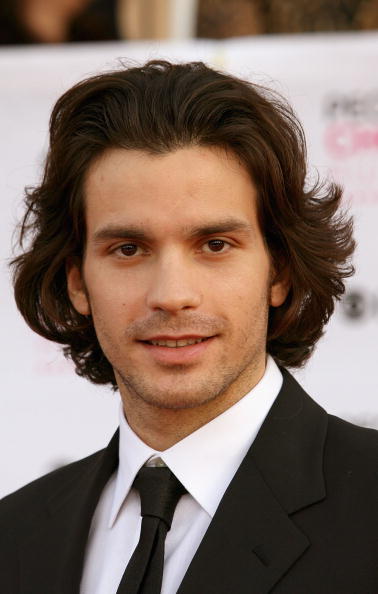
Minister of Defense: Fernando Donoso. Retired admiral, graduated from the Military Academy. He served as Commander of the Navy from May 2000 to February 2002. He completed Defense Resource Management courses at the US Naval Postgraduate School in California and the Management Development Program (PDD) at IDE Business School.
Minister of Foreign Affairs: Mauricio Montalvo. Professional diplomat, university lecturer. He received his Juris Doctor and Bachelor of Laws from the Pontifical Catholic University of Ecuador. He holds an LL.M. from Harvard University, where he studied with former US President Barack Obama. He worked in missions to the OAS, the UN and UNESCO.
Minister of Social Integration: May Montano. Bachelor of Education and Commercial Engineer from Luis Vargas Technical University.
Minister of Education: Maria Brown. Bachelor of International Relations from the University of San Andres in Buenos Aires (Argentina), received a master’s degree in design, management and evaluation of development projects from the Latin American Faculty of Social Sciences and a master’s degree in special education from the Equinosial University of Technology. Worked as an educational consultant.
Minister of Health: Jimena Garzon. MD and holds a PhD in Public Health, with a concentration in Occupational Health and Epidemiology, from the University of South Florida (USF). She has worked as a lecturer at universities in Ecuador and the United States, and has held government positions as Associate Director for Health, Teaching and Research.
Housing Minister: Dario Herrera. He holds a bachelor’s degree in business administration from the University of San Francisco in Quito. He has worked at the Guayaquil Stock Exchange, holding senior positions in several companies in the province of Manabi and in investment projects in the residential, commercial and hospitality sector in the United States, Belize and Ecuador.
Minister of Culture: Maria Elena Machuka. Bachelor in Public Relations and Communication, completed courses in Cultural Management in Madrid at the Union of Ibero-American Capitals (UCCI). She worked as director of the Itchimbiya Cultural Center and the Quito Capital Cultural Center. She was engaged in compiling catalogs of the country’s cultural funds.
Head of the Secretariat for Higher Education, Technology and Innovation (Senescyt): Alejandro Ribadeneira. An electrical engineer from the National Polytechnic School, he holds a master’s degree in marriage and family from the University of Navarra and a master’s degree in renewable energy and energy sustainability from the University of Barcelona. He has held various positions in the academic sector.
Human Rights Secretariat: Bernarda Ordoñez. Lawyer and researcher on human rights issues, in particular the rights of girls and women. Studied international law at a US university. In the OAS, he served on the Committee on Legal and Political Affairs.
Sports Minister: Sebastian Palacios. Graduated from the University of San Francisco in Quito (BA in Finance and International Relations) and an MA (online) from Camilo José Sela University. For several years he was a national and pan-American champion in cycling and represented Ecuador at the world championships, taking third place in the 1999 world championship in France.
Minister of Civil Service: Ivan Correa. He holds a Master’s degree in Management and Business Administration from Coastal Polytechnic Graduate School (Espol) and a Bachelor’s degree in Business Administration and Finance from the University of South Florida. He was vice president of marketing for the Bank of Guayaquil. A close friend of President Lasso for 30 years. He is the general director of the Central Strategic and Communication Agency.
Communications Minister: Eduardo Bonilla.
Planning Secretariat: Hiron Merchan. He holds an MA in Political Action, Institutional Strengthening and Citizen Participation in the Rule of Law from Francisco de Vitoria University. He also received a bachelor’s degree in economics, with a specialization in theory and economic policy from Espol.
Legal Secretary to the President: Fabian Poso. He holds an LL.M from the University of California, Berkeley, where he also majored in corporate and economic law. He was a fellow of the FAES-Wilfred Martens Center for European Studies, Friedrich Naumann-Fur die Frieheit and RELIAL-REDACAM foundations.

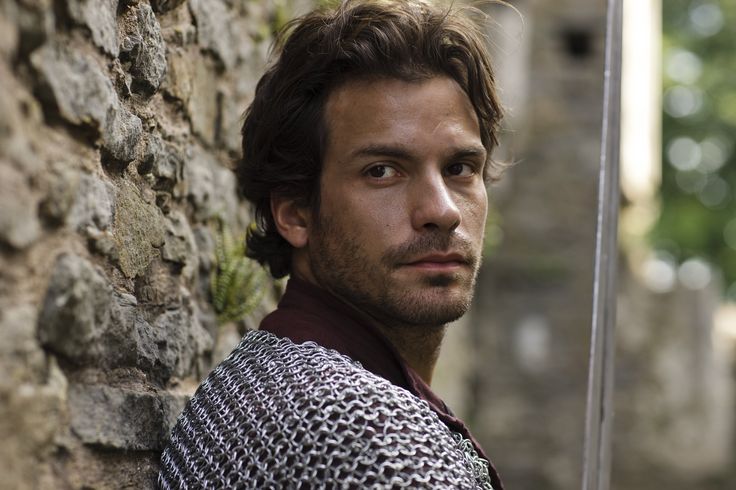 30 a 13.30.
30 a 13.30. 20-13.30: Inf 5 años
20-13.30: Inf 5 años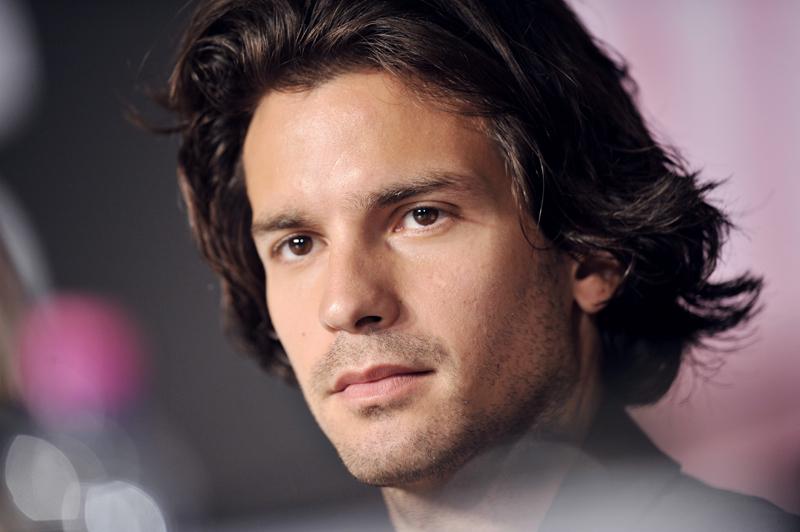 20-13.30: 1º de Primaria
20-13.30: 1º de Primaria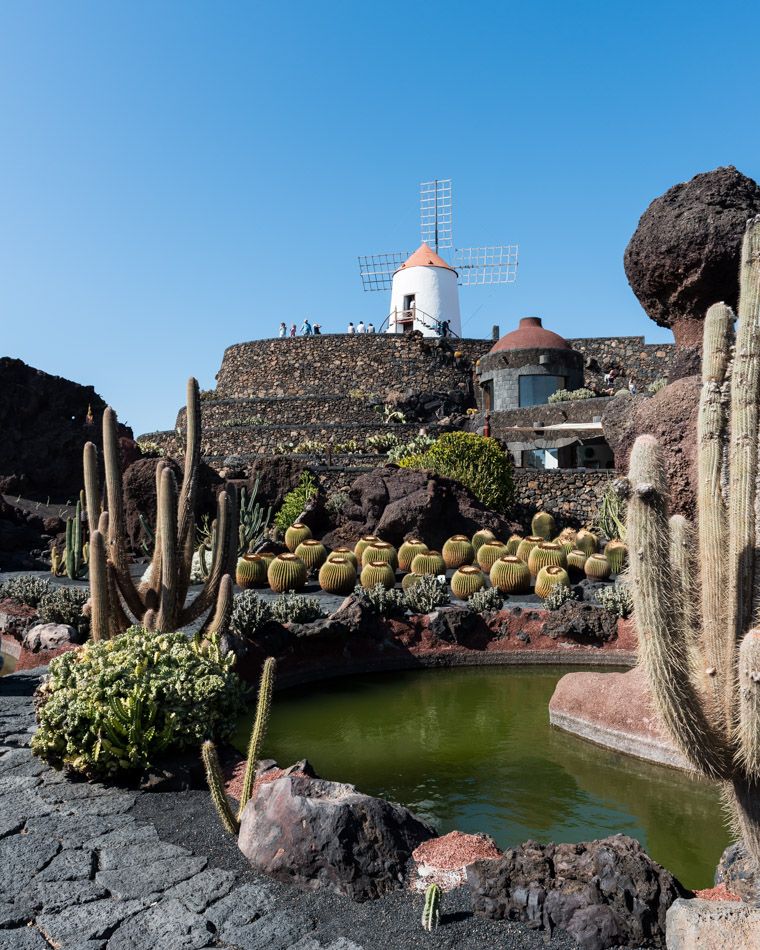 20-13.30: 4º de Primaria
20-13.30: 4º de Primaria 35-13.15: Aula Enclave
35-13.15: Aula Enclave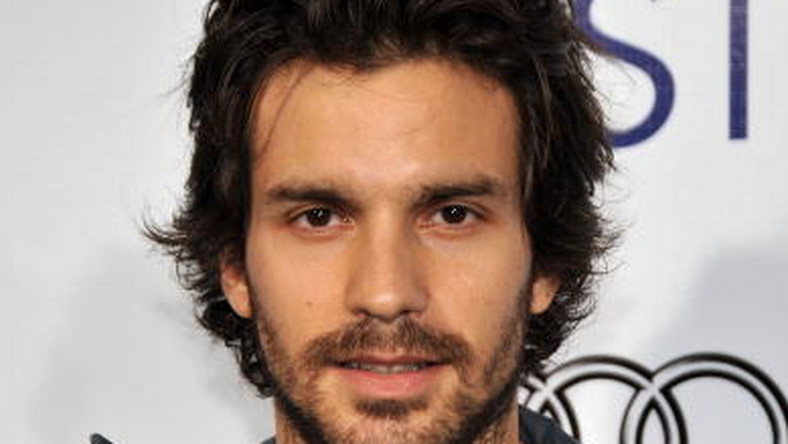 Gr A: 9.00. Gr B: 9.45. Gr. C:10.45. Gr D: 11.30.
Gr A: 9.00. Gr B: 9.45. Gr. C:10.45. Gr D: 11.30.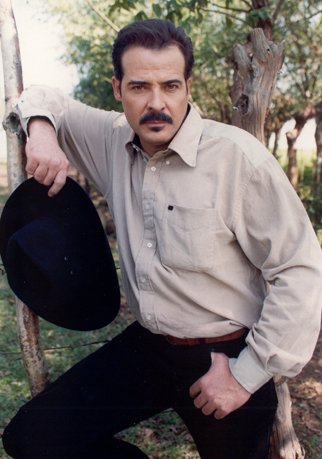 8.30-11.30. (3 horas).
8.30-11.30. (3 horas).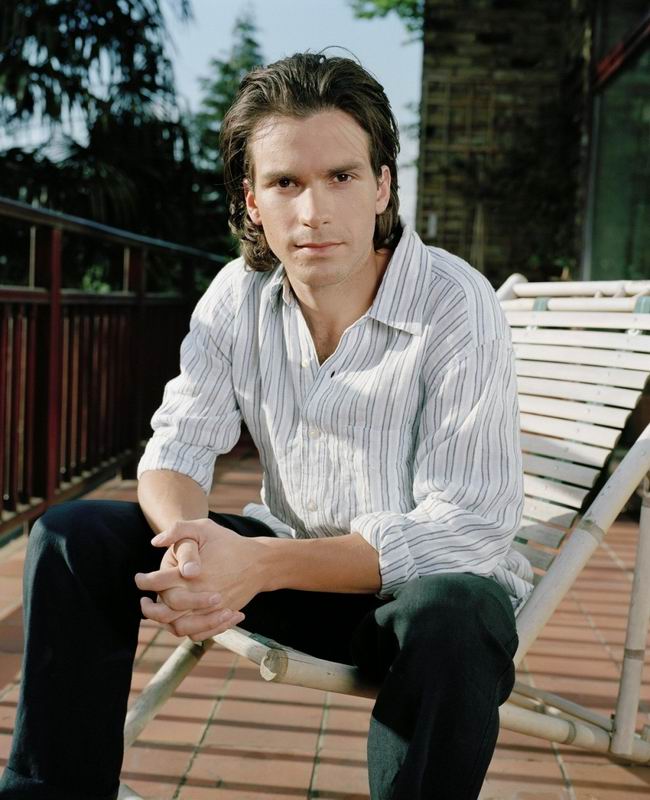
 webaopera.com
webaopera.com